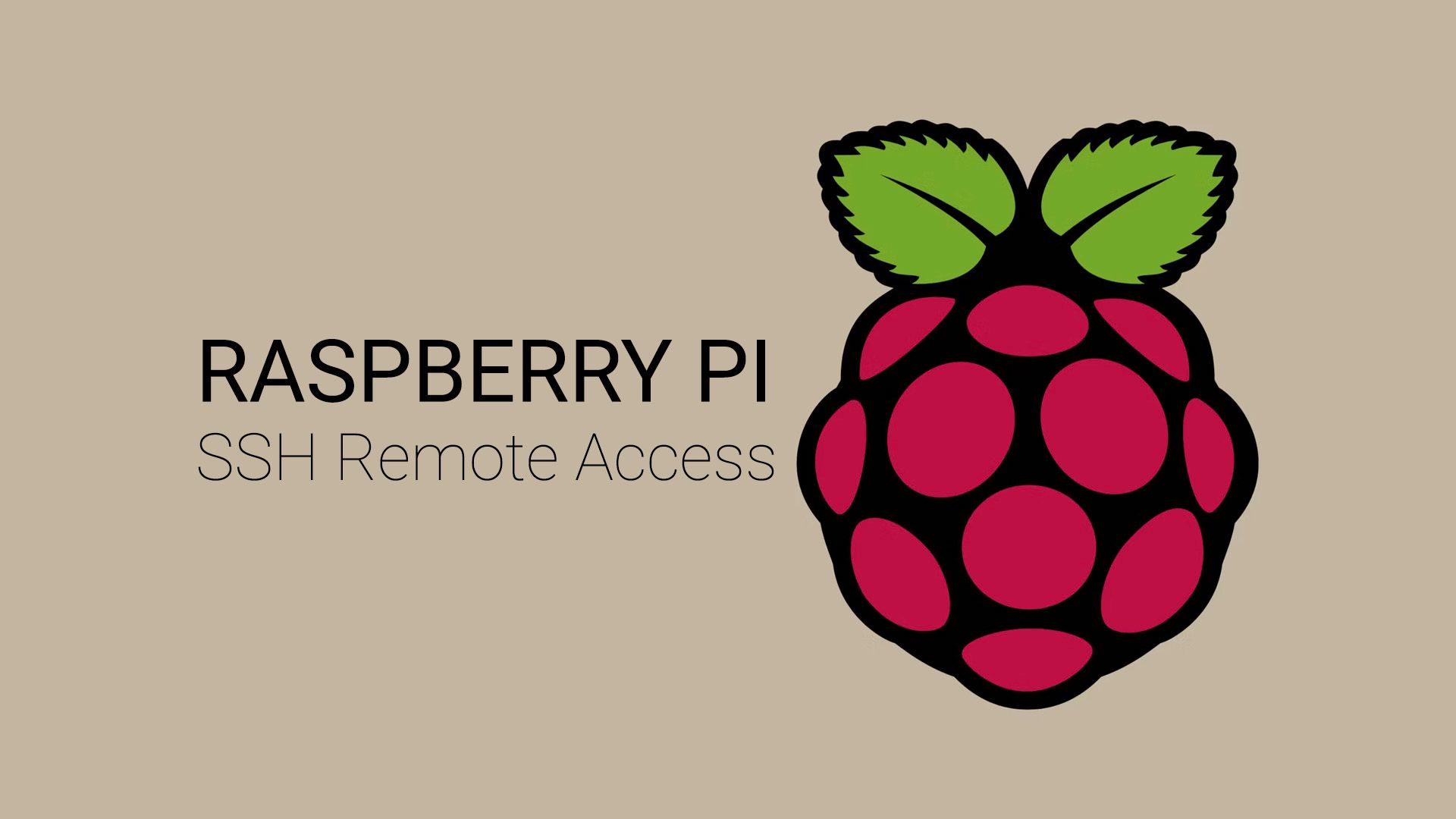How To Use RemoteIoT Device SSH On Android: A Comprehensive Guide
Detail Author:
- Name : Mrs. Karen Windler
- Username : bblanda
- Email : waters.arely@hodkiewicz.com
- Birthdate : 1990-09-14
- Address : 880 Dibbert Key Port Joanniemouth, NE 03611
- Phone : 1-210-273-3200
- Company : Doyle-McCullough
- Job : Cardiovascular Technologist
- Bio : Rerum tempore sed qui maiores voluptatem. Tempora impedit natus nihil dolor accusantium maxime quia. Harum rerum recusandae totam est.
Socials
facebook:
- url : https://facebook.com/kirsten_id
- username : kirsten_id
- bio : Non aliquid dolore sunt hic et rem. Veritatis voluptas harum quis et.
- followers : 976
- following : 1098
twitter:
- url : https://twitter.com/handk
- username : handk
- bio : Aperiam consequatur iure ad aut. Est non consequatur porro eos et. Quod ut eaque vel voluptatem. Unde occaecati et occaecati et earum et eos.
- followers : 4491
- following : 1448
Managing IoT devices remotely has become a necessity in today’s fast-paced world. With the rise of smart devices, having a reliable tool to access and control them securely is crucial. RemoteIoT Device SSH on Android offers a seamless solution for users who need to manage their IoT devices on the go. This guide will walk you through everything you need to know about using RemoteIoT Device SSH on your Android device. Whether you are a developer, IT professional, or tech enthusiast, this article will provide valuable insights and practical steps to help you maximize the potential of this powerful tool.
RemoteIoT Device SSH allows you to securely connect to your IoT devices via SSH (Secure Shell) from your Android smartphone or tablet. This capability is particularly useful when you need to troubleshoot, configure, or monitor your devices without being physically present. The convenience of managing IoT devices remotely cannot be overstated, especially in scenarios where time is of the essence.
As we delve deeper into this article, we will explore the features of RemoteIoT Device SSH, how to set it up on your Android device, and best practices to ensure a secure and efficient connection. Additionally, we will discuss the benefits of using this tool and provide practical tips to enhance your remote management experience. By the end of this guide, you will have a comprehensive understanding of how to leverage RemoteIoT Device SSH for your IoT projects.
Table of Contents
- What is RemoteIoT Device SSH?
- Key Features of RemoteIoT Device SSH
- How to Install RemoteIoT Device SSH on Android
- Step-by-Step Guide to Connecting via SSH
- Best Practices for Secure SSH Connections
- Benefits of Using RemoteIoT Device SSH
- Common Issues and How to Resolve Them
- Advanced Tips for Managing IoT Devices
- Comparison with Other SSH Tools
- Conclusion
What is RemoteIoT Device SSH?
RemoteIoT Device SSH is a secure and efficient tool designed to allow users to remotely access and manage IoT devices via SSH. SSH, or Secure Shell, is a cryptographic network protocol that provides a secure channel over an unsecured network. It is widely used for managing systems and applications remotely, ensuring that data exchanged between the client and server is encrypted and protected from unauthorized access.
The primary purpose of RemoteIoT Device SSH is to enable users to connect to their IoT devices from anywhere in the world. This tool is particularly beneficial for individuals and organizations that rely on IoT devices for various applications, such as home automation, industrial monitoring, and smart city infrastructure. By using RemoteIoT Device SSH on Android, users can perform tasks like updating firmware, troubleshooting issues, and configuring settings without needing physical access to the device.
RemoteIoT Device SSH stands out due to its user-friendly interface and robust security features. It supports multiple authentication methods, including password-based and key-based authentication, ensuring that only authorized users can access the devices. Additionally, the tool is compatible with a wide range of IoT devices, making it a versatile solution for diverse use cases.
Key Features of RemoteIoT Device SSH
RemoteIoT Device SSH offers a variety of features that make it an indispensable tool for managing IoT devices. Below are some of the key features that set it apart:
- Secure Connections: RemoteIoT Device SSH uses advanced encryption protocols to ensure that all data transmitted between your Android device and the IoT device is secure.
- Multi-Device Support: The tool supports connections to multiple IoT devices simultaneously, allowing you to manage an entire network from a single interface.
- User-Friendly Interface: Designed with simplicity in mind, RemoteIoT Device SSH provides an intuitive interface that makes it easy for users of all skill levels to navigate and use.
- Customizable Settings: You can configure various settings, such as connection timeouts and session preferences, to suit your specific needs.
- Offline Mode: In cases where an internet connection is unavailable, RemoteIoT Device SSH offers an offline mode that allows you to access previously connected devices.
Why These Features Matter
The features of RemoteIoT Device SSH are designed to address the challenges faced by IoT device managers. For instance, secure connections ensure that sensitive data, such as login credentials and device configurations, are protected from cyber threats. Multi-device support is particularly useful for organizations managing large-scale IoT deployments, as it reduces the time and effort required to monitor and maintain multiple devices.
Additionally, the user-friendly interface lowers the barrier to entry for individuals who may not have extensive technical expertise. Customizable settings and offline mode further enhance the flexibility and reliability of the tool, making it suitable for a wide range of scenarios.
How to Install RemoteIoT Device SSH on Android
Installing RemoteIoT Device SSH on your Android device is a straightforward process. Follow the steps below to get started:
- Download the App: Open the Google Play Store on your Android device and search for "RemoteIoT Device SSH." Once you locate the app, tap the "Install" button to download and install it on your device.
- Launch the App: After the installation is complete, open the app by tapping its icon on your home screen or app drawer.
- Create an Account: If you are a first-time user, you will need to create an account by providing your email address and setting a password. Alternatively, you can sign in with an existing account if you have one.
- Grant Permissions: The app may request certain permissions, such as access to your device's storage or network settings. Grant these permissions to ensure the app functions properly.
Initial Setup
Once the app is installed, you can proceed with the initial setup:
- Add Your IoT Device: Navigate to the "Devices" section in the app and tap the "Add Device" button. Enter the necessary details, such as the device's IP address, port number, and authentication method.
- Test the Connection: Before proceeding further, test the connection to ensure that your Android device can communicate with the IoT device. If the connection fails, double-check the entered details and your network settings.
By following these steps, you can quickly set up RemoteIoT Device SSH on your Android device and begin managing your IoT devices with ease.
Step-by-Step Guide to Connecting via SSH
Connecting to your IoT device via SSH using RemoteIoT Device SSH is a simple process. Below is a step-by-step guide to help you establish a secure connection:
- Open the App: Launch the RemoteIoT Device SSH app on your Android device.
- Select Your Device: From the list of available devices, select the IoT device you want to connect to.
- Enter Authentication Details: Depending on your chosen authentication method, enter your username and password or provide the private key file.
- Initiate the Connection: Tap the "Connect" button to establish the SSH connection. If the connection is successful, you will be presented with a terminal interface.
- Execute Commands: Use the terminal to execute commands on your IoT device. For example, you can update software, check system logs, or modify configuration files.
Troubleshooting Connection Issues
If you encounter issues while connecting via SSH, consider the following troubleshooting steps:
- Check Network Connectivity: Ensure that both your Android device and the IoT device are connected to the internet or the same local network.
- Verify Authentication Details: Double-check the username, password, or private key file to ensure they are correct.
- Review Firewall Settings: Make sure that the IoT device's firewall is configured to allow SSH connections on the specified port.
By following these steps, you can establish a secure and reliable SSH connection to your IoT device using RemoteIoT Device SSH.
Best Practices for Secure SSH Connections
Ensuring the security of your SSH connections is critical to protecting your IoT devices from unauthorized access and potential cyber threats. Below are some best practices to follow:
- Use Strong Passwords: If you are using password-based authentication, ensure that your passwords are strong and unique. Avoid using common words or easily guessable combinations.
- Enable Key-Based Authentication: Key-based authentication is more secure than password-based authentication. Generate an SSH key pair and use the private key for authentication.
- Limit Access: Restrict SSH access to specific IP addresses or networks to reduce the risk of unauthorized access.
- Regularly Update Firmware: Keep your IoT devices' firmware up to date to patch any known vulnerabilities.
- Monitor Logs: Regularly review SSH logs to detect any suspicious activity or unauthorized login attempts.
Additional Security Measures
In addition to the above practices, consider implementing the following measures:
- Use a VPN: Connect to your IoT devices through a Virtual Private Network (VPN) to add an extra layer of security.
- Disable Root Login: Disable root login for SSH connections to prevent attackers from gaining full control of your devices.
- Implement Two-Factor Authentication (2FA): Add an additional layer of security by requiring a second form of authentication, such as a one-time password (OTP).
By adhering to these best practices, you can significantly enhance the security of your SSH connections and protect your IoT devices from potential threats.
Benefits of Using RemoteIoT Device SSH
Using RemoteIoT Device SSH on your Android device offers numerous benefits, making it an ideal choice for managing IoT devices remotely. Below are some of the key advantages:
- Convenience: With RemoteIoT Device SSH, you can manage your IoT devices from anywhere, at any time, using just your Android device. This eliminates the need for physical access and allows you to respond quickly to issues.
- Cost-Effective: By enabling remote management, RemoteIoT Device SSH reduces the need for on-site visits, saving you time and money.
- Scalability: The tool supports connections to multiple devices, making it suitable for managing large-scale IoT deployments.
- Security: RemoteIoT Device SSH uses advanced encryption protocols to ensure that your data is protected during transmission.
- Flexibility: The app's customizable settings and offline mode provide flexibility to adapt to different use cases and scenarios.
Real-World Applications
RemoteIoT Device SSH is widely used in various industries and applications, including:
- Home Automation: Manage smart home devices, such as thermostats, lights, and security systems, remotely.
- Industrial Monitoring: Monitor and control industrial equipment and machinery from a distance.
- Smart Cities: Oversee IoT devices used in smart city infrastructure, such as traffic lights and environmental sensors.
These real-world applications highlight the versatility and value of RemoteIoT Device SSH in enabling efficient and secure remote management of IoT devices.
Common Issues and How to Resolve Them
While RemoteIoT Device SSH is a reliable tool, users may occasionally encounter issues. Below are some common problems and their solutions:
- Connection Timeouts: If you experience connection

